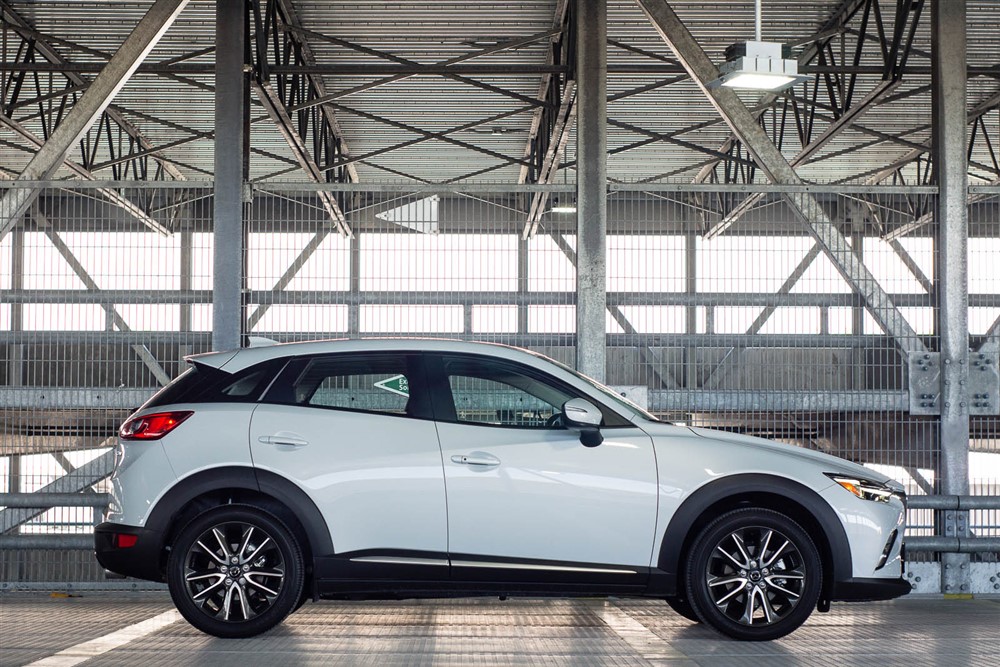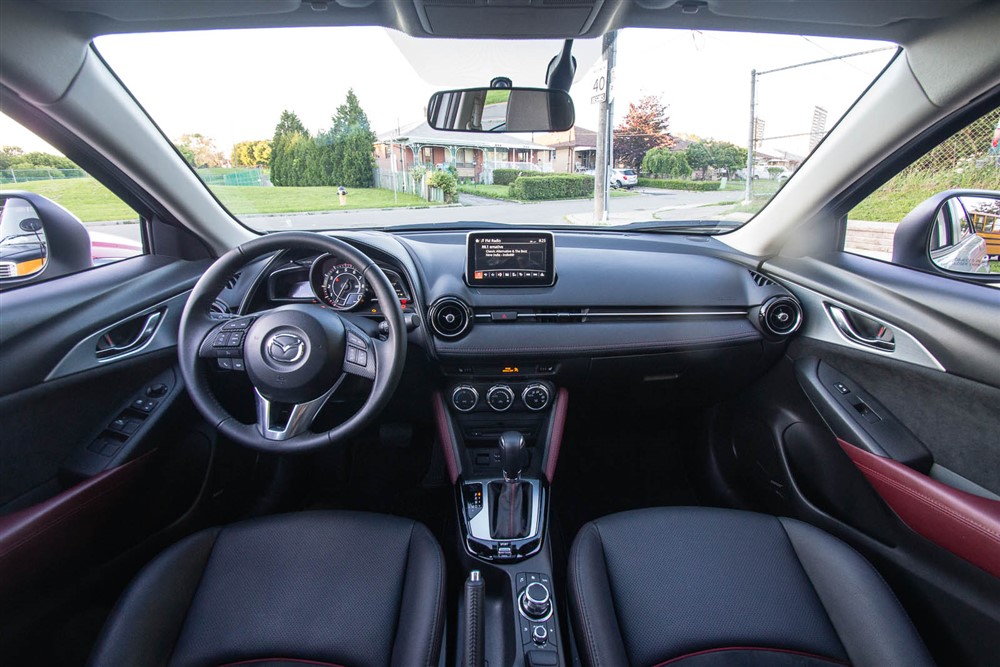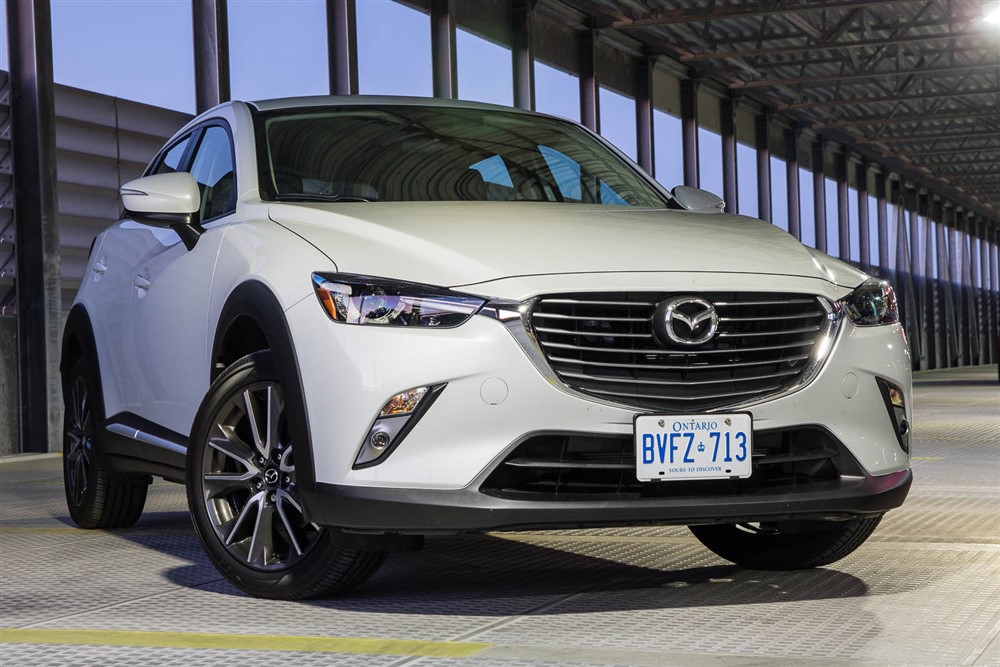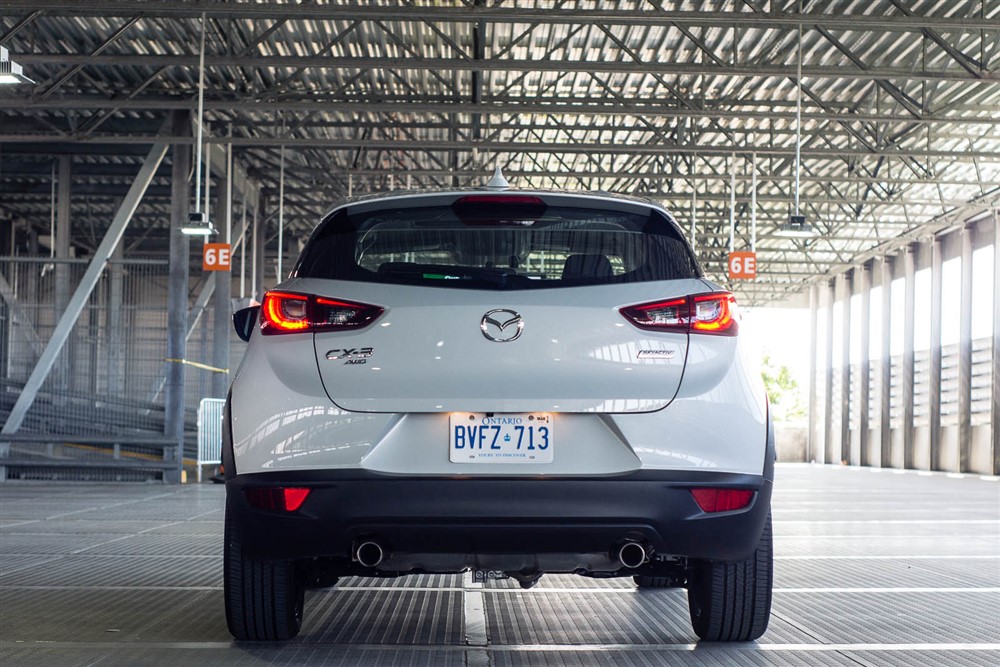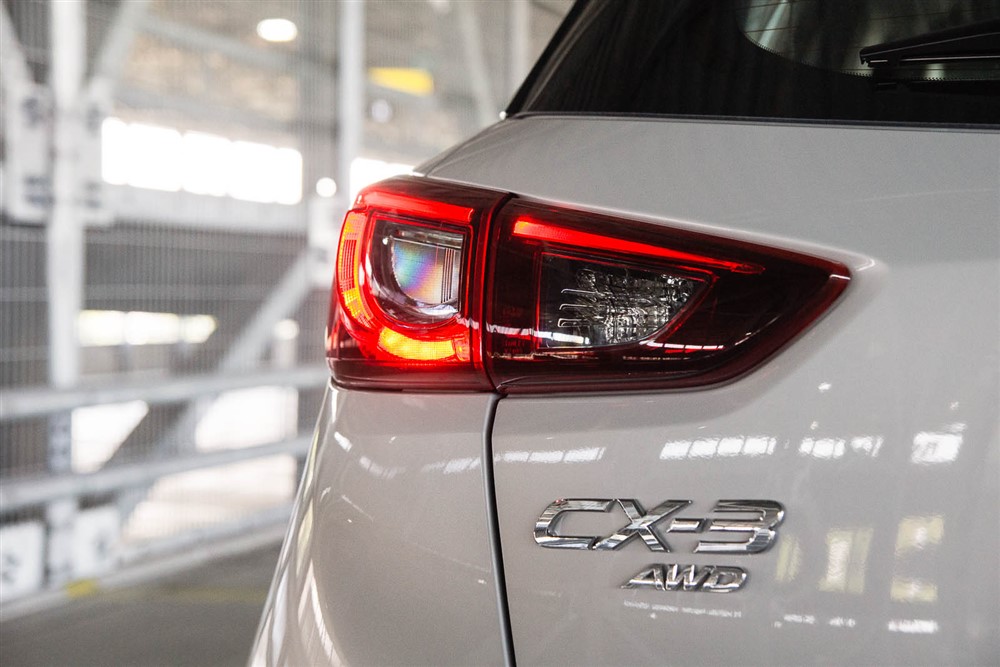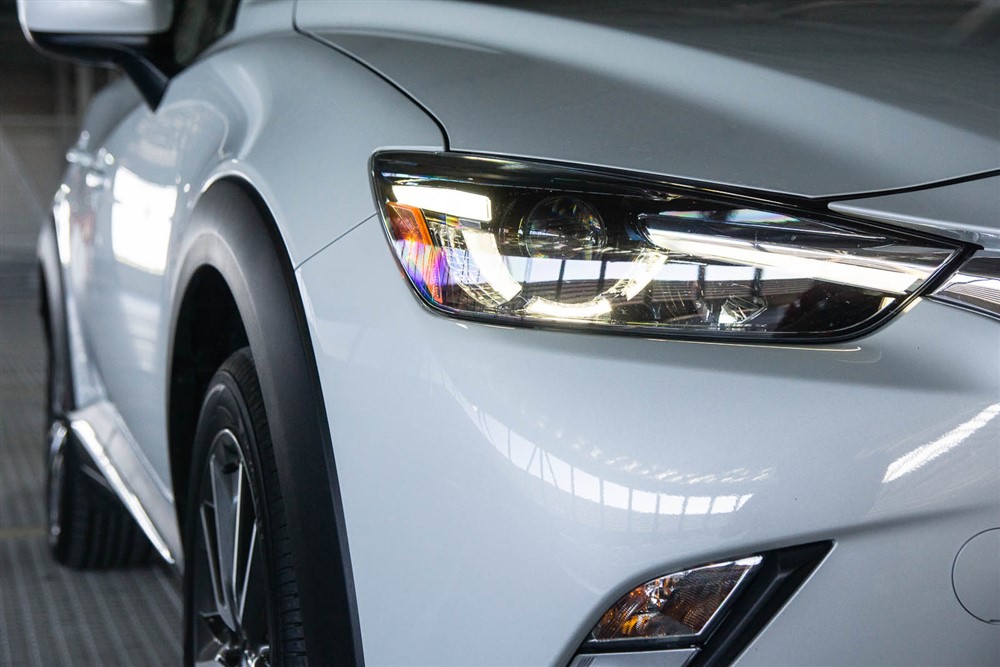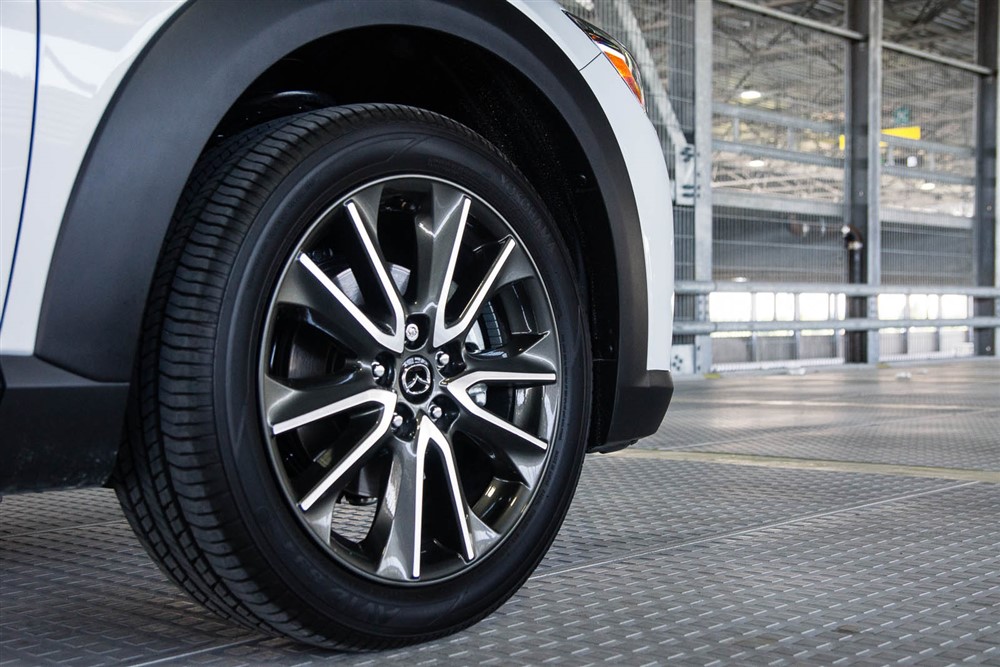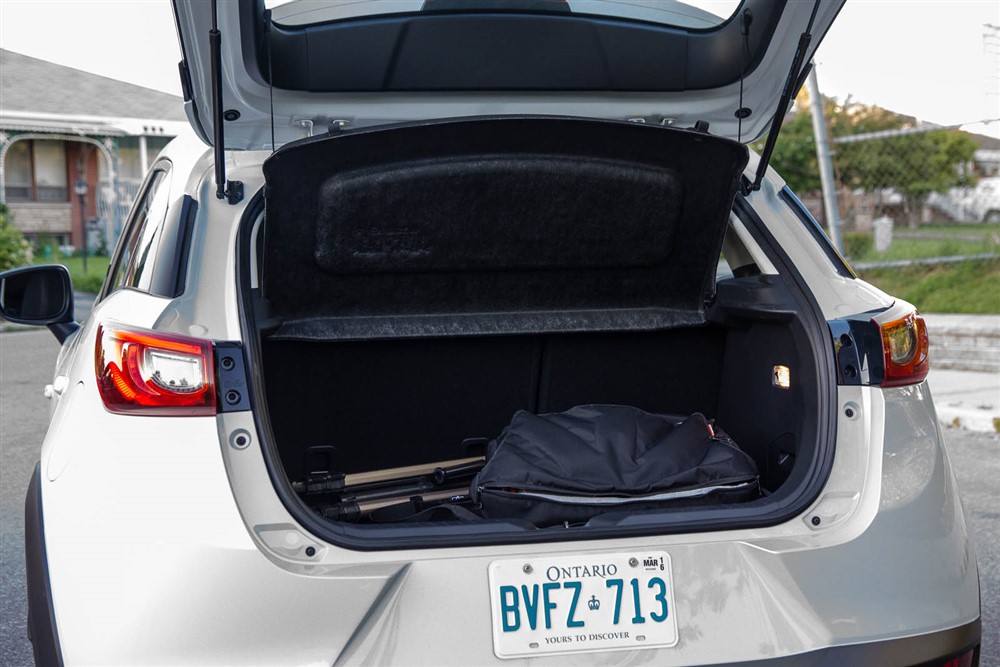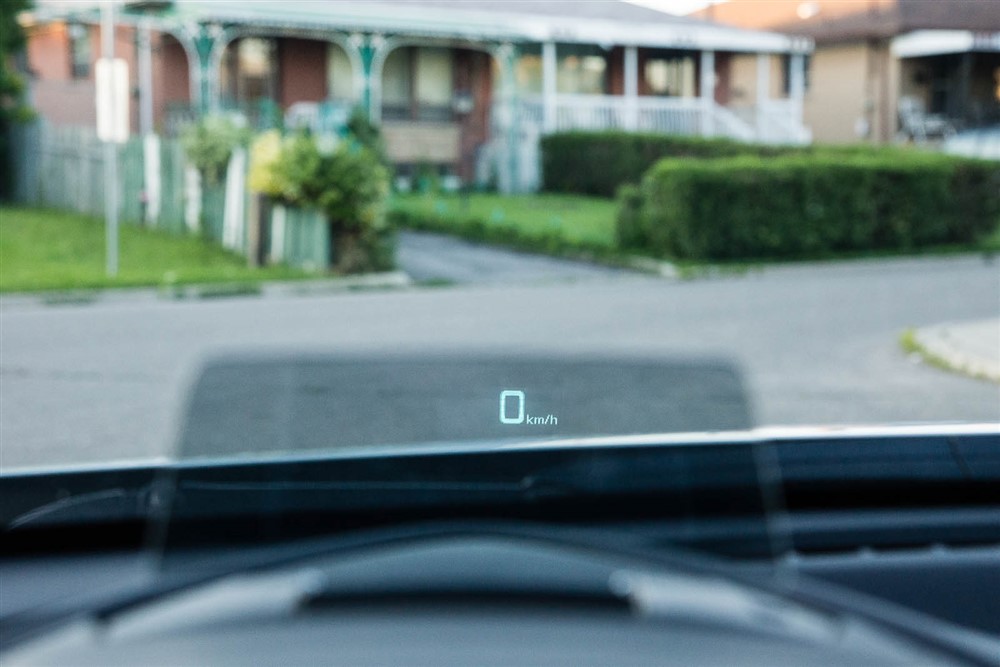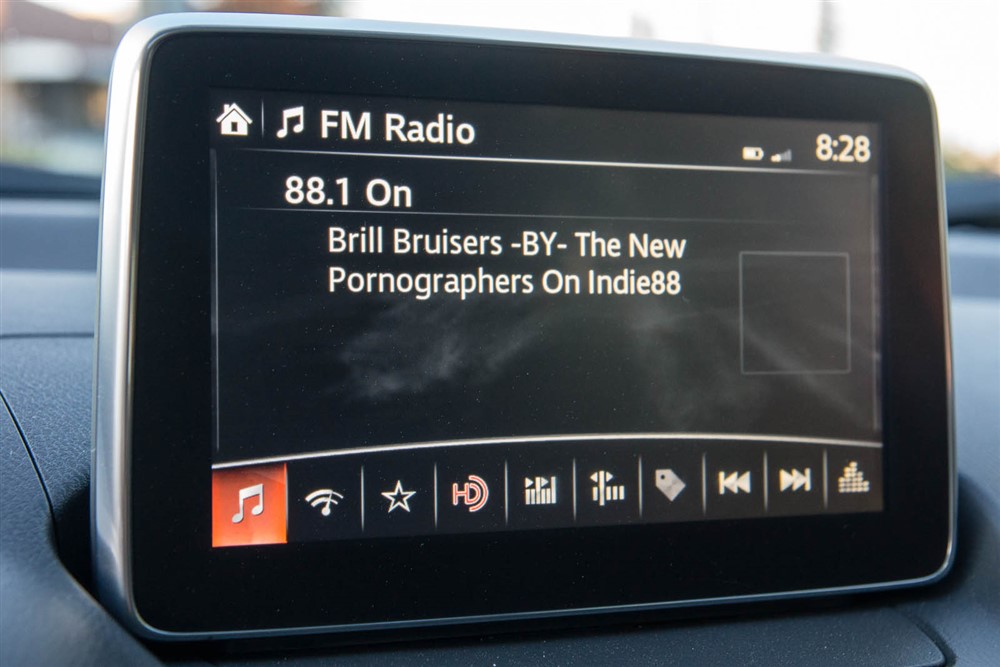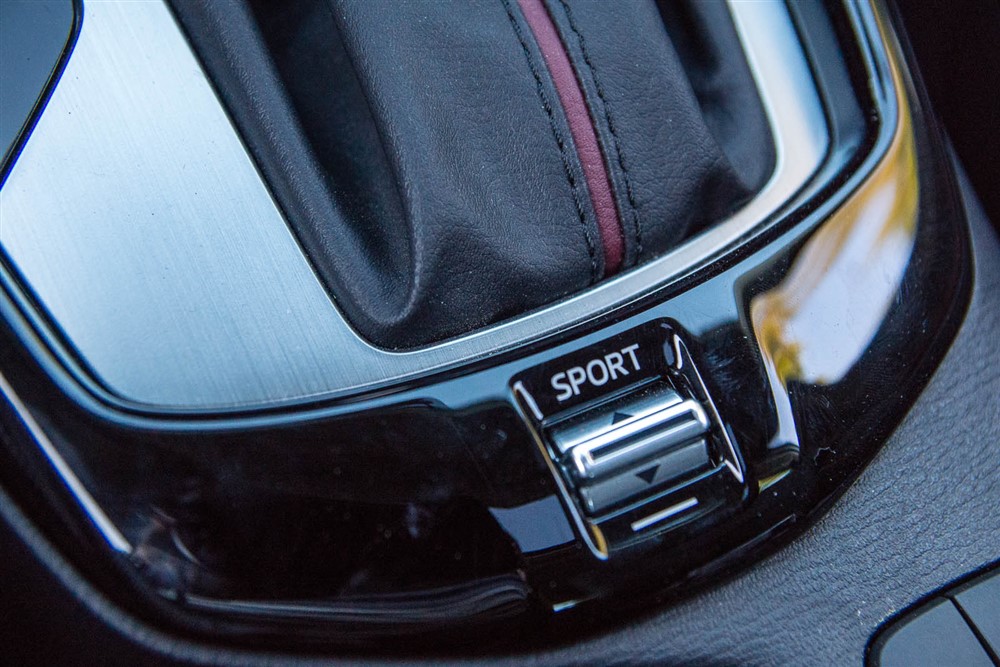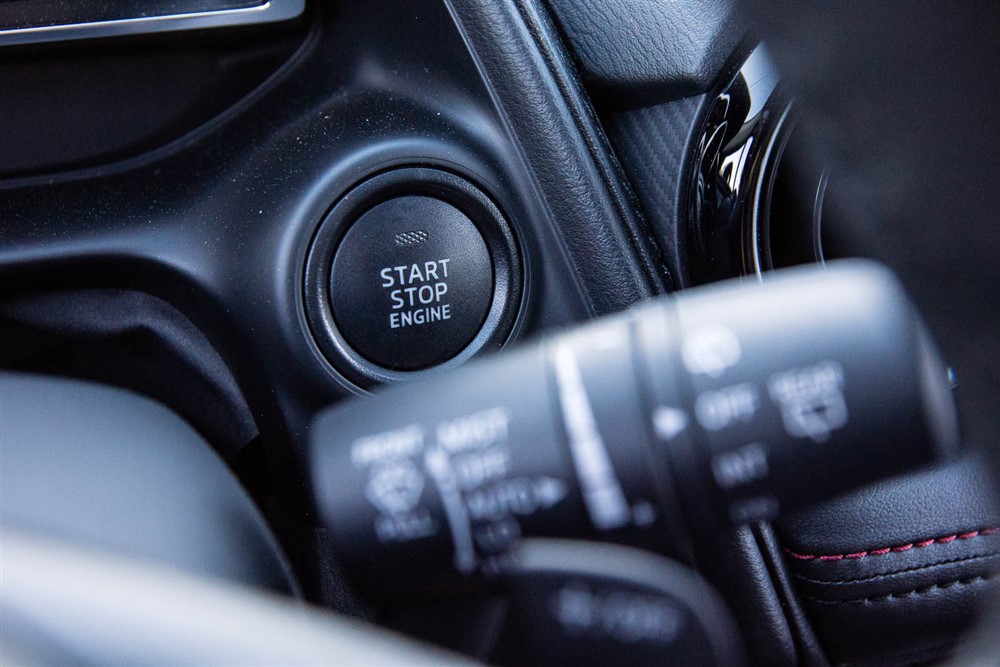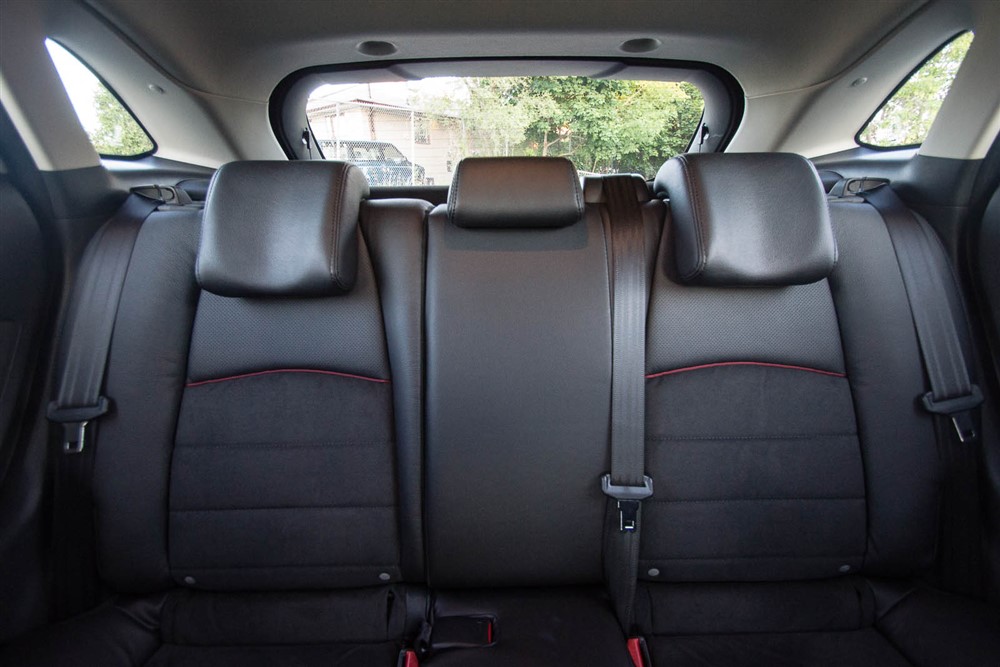Driving dynamics matter to a lot of enthusiasts, but it’s important to understand that this attribute often gets diluted for various reasons: cost, practicality, and trends on the market (among others). Some manufacturers only look at driving dynamics in their sports cars, but there are a few that manage to inject a dose of fun into pretty much everything they make. Our friends at Mazda represent one of the better examples of this. From the pint-sized 2, medium-sized 3, and full-sized 6, these cars represent the enthusiast’s choice in their respective classes. They go against the tide by making manual transmissions available in most trim levels. Even when you step up to Mazda’s family-friendly crossover utility vehicles, manual transmissions are usually still available to those who want it.
The CX-5, specifically, is one of the flag-bearers in Mazda’s lineup of Skyactiv-designed vehicles. Competing in the uber-hot mid-size crossover utility market, it represents the “driver’s choice”, because of its blend of practicality, excellent reflexes and car-like feel, rather than feeling like a big truck like some other choices in that segment do. It doesn’t quite have the big horsepower figures under the hood, but I believe 184hp is more than adequate, considering the overall fuel efficiency the CX-5 brings to the table.
The new trend on today’s market is downsizing. Many automakers are introducing smaller CUVs. The common denominator is a city-friendly footprint, increased ground clearance, and available all-wheel drive. The CX-5 is a useful size for many families, but some may still find it a little too big, especially with today’s smaller parking spaces, and the urban propensity to commuting solo, with just the driver onboard. In comes the new “sub-compact” CX-3, designed to slot in below the CX-5. I picked up the keys to a Ceramic Metallic 2016 Mazda CX-3 GT to play with for the week.
The 2016 Mazda CX-3 is a very handsome little thing, hot off the presses. Built off a similar platform to that of the upcoming Mazda2, the CX-3 looks almost as long as the standard 3 hatchback, but is actually a whopping 30cm shorter in overall length. The large 18-inch wheels (standard on the GT) give the CX-3 its road presence, and definitely keeps up with today’s trend of oversizing wheels and tires for the sake of style. Base GX and mid-level GS trims receive more traditional 16-inch wheels. The grey plastic fender arches give the CX-3 a more rugged look, but manages not to overpower the remainder of Mazda’s Kodo design language. The pearl white on my particular tester is great to look at in the sun – there are hints of green in the reflection. This is a car that looks its best when it is clean.
Up front, LED daytime-running-lights and LED fog lights flank high-intensity discharge (HID) low-beam headlights (standard on GT). Out back, the smaller size of the CX-3 is more apparent, with a smaller 5th door hatch (outfitted with LED taillights on the GT trim). The rear cargo area is also quite a bit narrower than in the CX-5, but opens up nicely if you fold down the 60/40-split second-row seating. Visibility from the driver’s seat is quite good for today’s standards, with proper rear-quarter glass between the C and D-pillars. It’s still a fairly small window, but anything helps. One thing I’ve always noticed about current Mazdas are their huge external mirrors. The Mazda3 comes with very large mirrors, lifted from the larger 6 and CX-5. The CX-3, surprisingly, comes with even larger mirrors. For drivers who like to sit low in their seat, it takes a little bit to get used to having to look over the mirrors for pedestrians standing on the street corner. One bonus is that the rear-view camera is standard equipment across the board, even on the base GX trim.
Inside, the seats in my particular CX-3 is trimmed with a leather and suede mix, and a two-tone red on black interior. There are lots of premium-feeling soft-touch surfaces everywhere, and assembly quality is very impressive considering CX-3’s position in the lineup. The seven-inch colour touchscreen dominates the dashboard and is controllable by the now-familiar Mazda rotary knob in the centre console. The CX-3’s smaller external footprint also carries over to interior accommodations – the overall width for the front occupants is considerably reduced compared to the Mazda3. It’ll be enough for most drivers of most sizes, as I was able to sit behind myself, but five in the car will be tight. The second-row also features space-saving headrests – they’ll need to be popped up before anybody can spend any amount of time sitting in the back. One pet peeve for me was the lack of a centre armrest for the driver.
Situated on top of the instrument cluster is Mazda’s Active Driving Display (standard on GT), which flips up at start-up, and displays a digital speedometer and navigation information, if equipped. It’s an interesting and effective solution to integrating heads-up displays into cars, without the significant expense associated with a special windshield.
Under the hood lives Mazda’s 2.0L gasoline inline-four cylinder engine. It is good for 146hp at 6000rpm, and 146 lb-ft of torque at 2800rpm. It’s paired up to a six-speed SkyActiv-Drive automatic transmission. The more compact size and reduced curb weight make for peppy performance off the line and during highway passing maneuvers. I’ve always loved the feel of Mazda’s six-speed automatic in recent models – thanks to the aggressive torque converter calibration. Shift quality is fast and crisp, and the CX-3 rarely finds itself in the wrong gear. The 9.5 second estimated 0-100km/h time is actually surprising, as the CX-3 feels faster than that, from the driver’s seat.
The GT comes standard with a slip-and-grip reactive all-wheel drive system. Unfortunately, the CX-3 is not available with a manual transmission, which is a bit of an oddity in the Mazda lineup. The larger CX-5 can be had with three pedals, if you opt for the smaller 2.0L engine (similar to that of the CX-3), and front-drive traction only.
Fuel efficiency is high on everybody’s list nowadays, and the folks at Mazda have been keeping up with the latest technologies, in regards to reduced weight, reduced friction, and smarter engineering. The CX-3 GT, with its standard all-wheel drive and automatic transmission, is rated at 8.8L/100km in the city, and 7.3L/100km on the highway. Throughout the course of my week, which consisted of about 700km of mixed driving, I ended up with an overall average of 8.3L/100km. This is an impressive number, considering how the CX-3 rewards you with a high smiles-per-mile factor. The engine willingly revs right up to the rev limiter, and the transmission is more than eager to downshift several ratios to bring the revs back up. The fuel tank will accept 45L of regular 87-octane fuel.
Being the smallest member of Mazda’s crossover family, pricing comes in under the CX-5, but not significantly so. The front-wheel drive, base-level GX, starts at $20,695. The good part about that base trim is that air conditioning, rear-view reverse camera, automatic transmission, and cruise control are all standard equipment. For the vast majority of Canadian consumers, the base GX will be well-equipped enough to get the job done. Stepping up to the mid-level GS (at $24,195) is actually where the more premium features come into play, with simulated leather seating, sunroof, and heated seats all become part of the package. My GT tester steps up another notch, with 18-inch wheels, upgraded Bose audio, satellite navigation, and all-wheel drive. The only option selected on this particular car is the $200 Ceramic Metallic paint option. As far as whites go, it’s pretty striking. This brings the as-tested price to $29,195, before additional fees and taxes.
This sort of sum brings up some questions in my head as to where this car is best situated in the Mazda lineup. The pricing for the CX-3 GT technically comes in above the Mazda3 Sport GT hatchback, complete with its roomier interior, more powerful 2.5L engine, and six-speed manual transmission. Comparing apples-to-apples, the latter seems like a better value, but the CX-3 has the all-wheel drive trump card up its sleeve. Canadians sure do love their all-wheel traction, but I think I prefer the overall experience provided by the 3 hatchback.
Looking outside the Mazda family, Honda’s new HR-V is the other player that’s making big waves. Also following the similar formula of a small footprint, increased ride height, and available all-wheel drive. We expect to spend some time with the HR-V in the coming weeks, but our hunch is that the HR-V will trade a tiny bit of the fun-to-drive factor for some added practicality, as we’ve come to know and love in the Fit. It totally depends on what you’re looking for in your sub-compact CUV, so be sure to sample both.
The 2016 Mazda CX-3 plays its role in adding to today’s trend: downsizing. With efficiency such a high priority these days, and space being a premium in urban centres, the smaller footprint allows for practical, efficient, yet fun transport – all without breaking the bank. What makes the CX-3 special is how it feels to the driver. The GT model adds in a laundry list of luxuries and features, some of which were previously only found in more premium marques, but I was pleasantly surprised at how well equipped even the base-model GX is. If you can juggle the different advantages the CX-3 and Mazda3 Hatchback both offer, the CX-3 may take the slight win due to its all-wheel drive system and stylish looks. Overall, it’s a formula that I think should prove very popular with Canadians alike.
2016 Mazda CX-3 GT Gallery
See Also:

